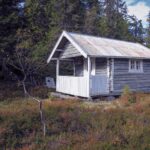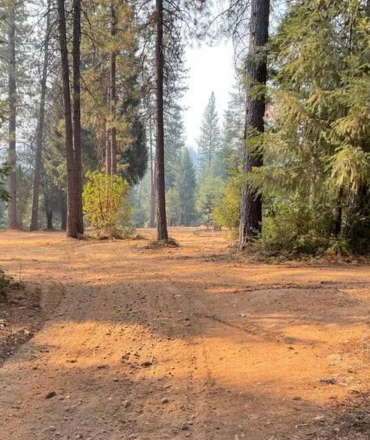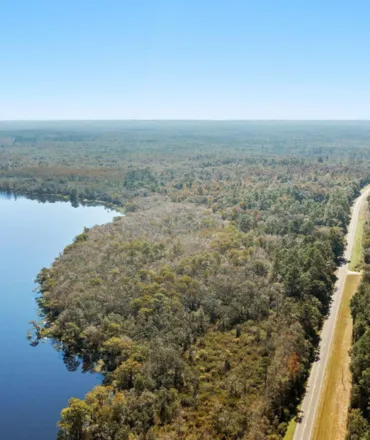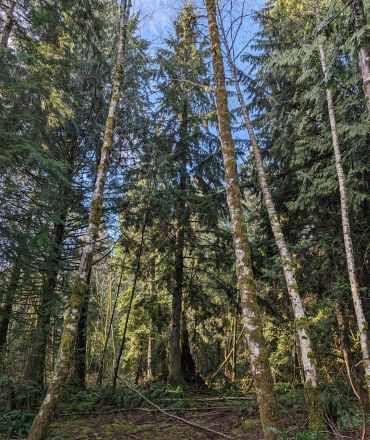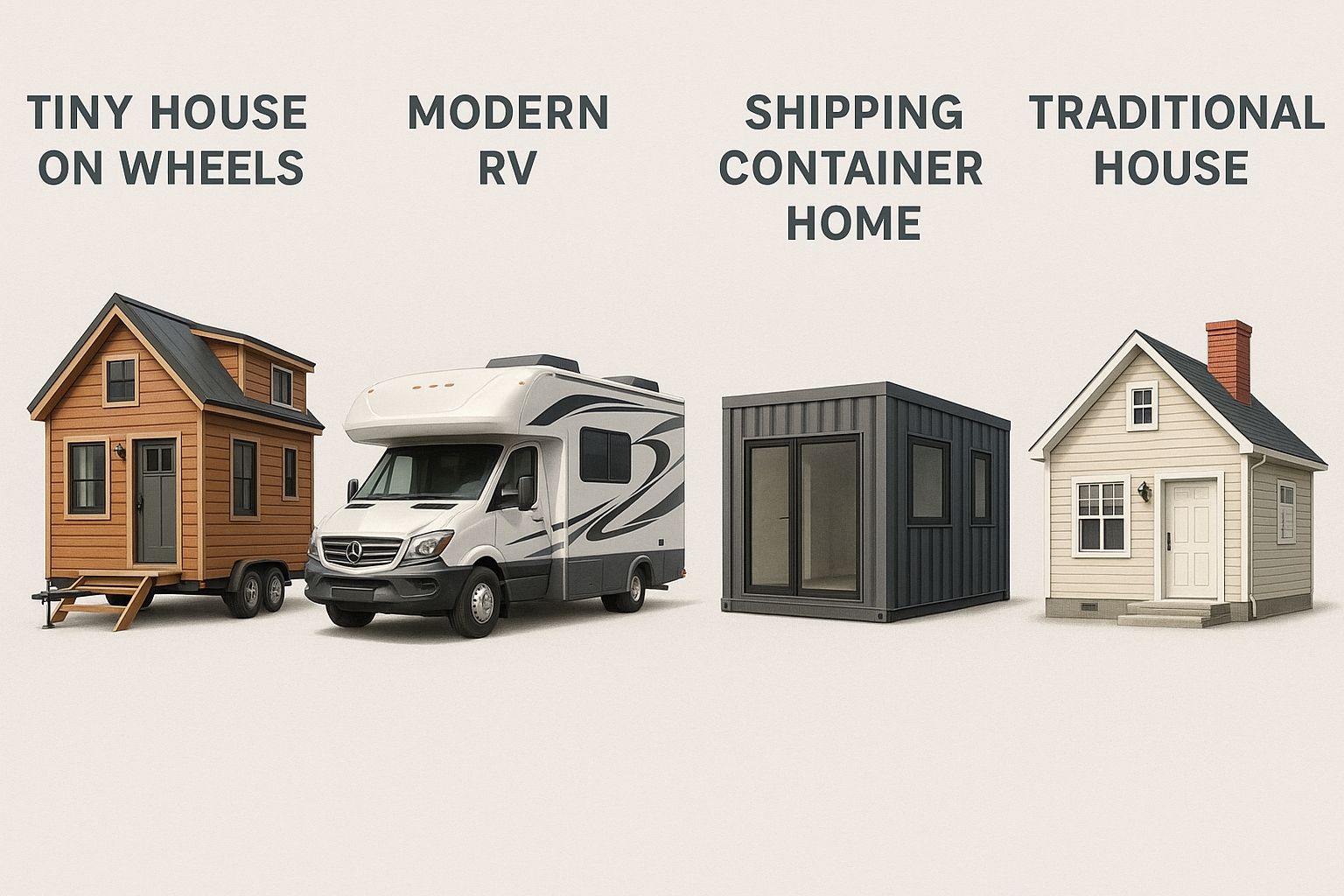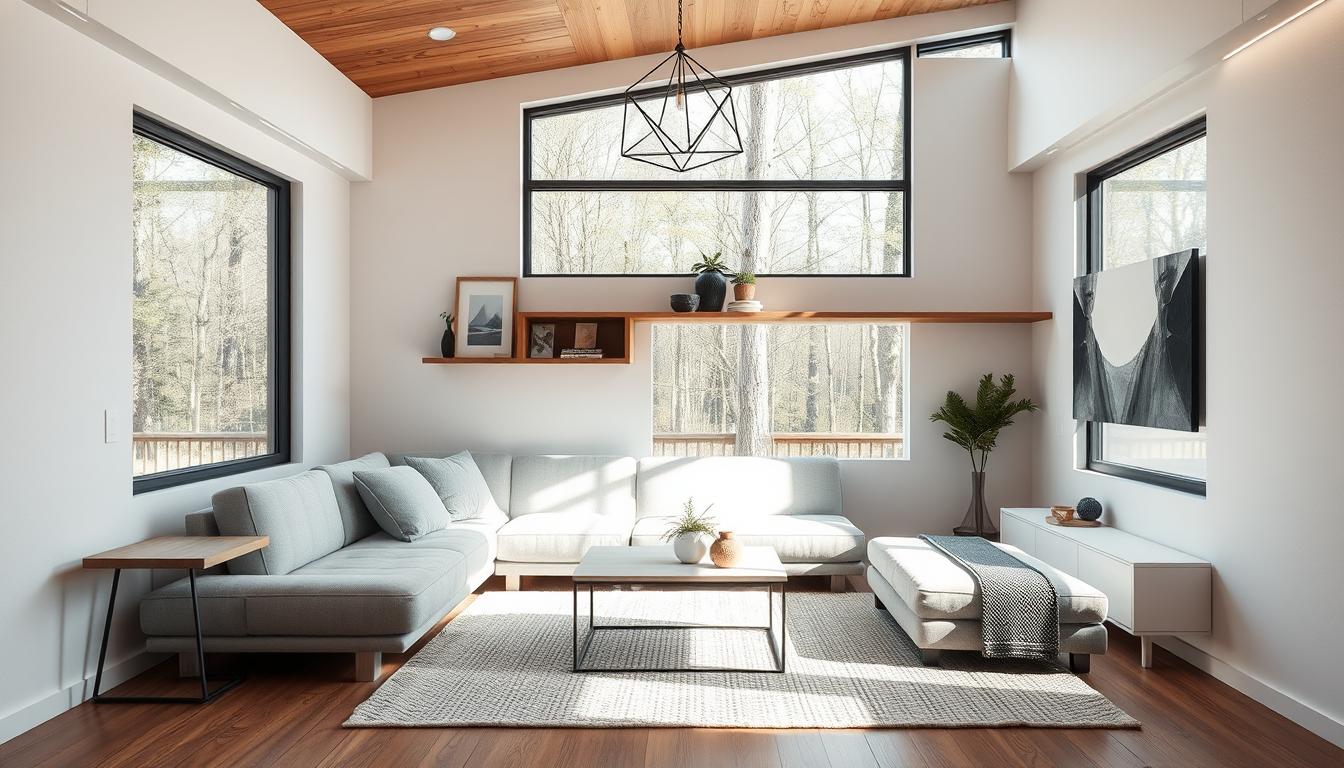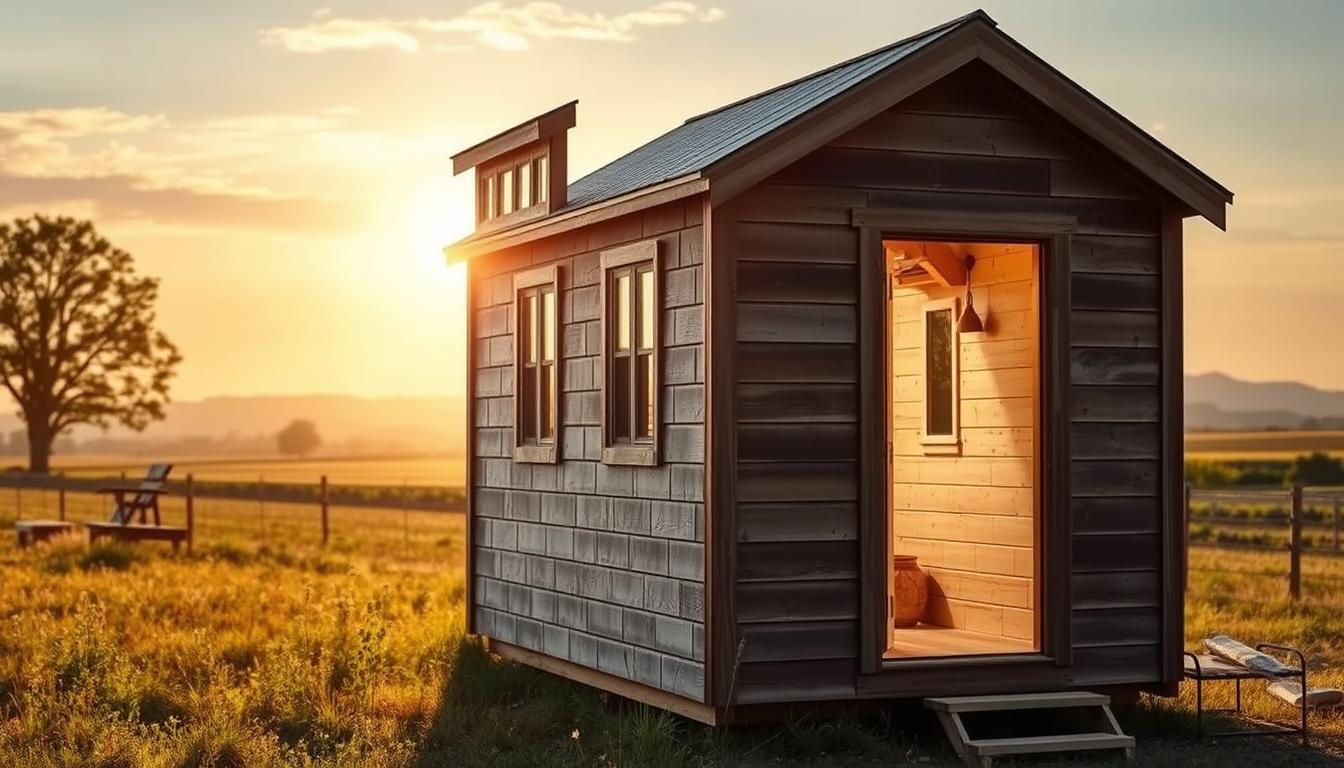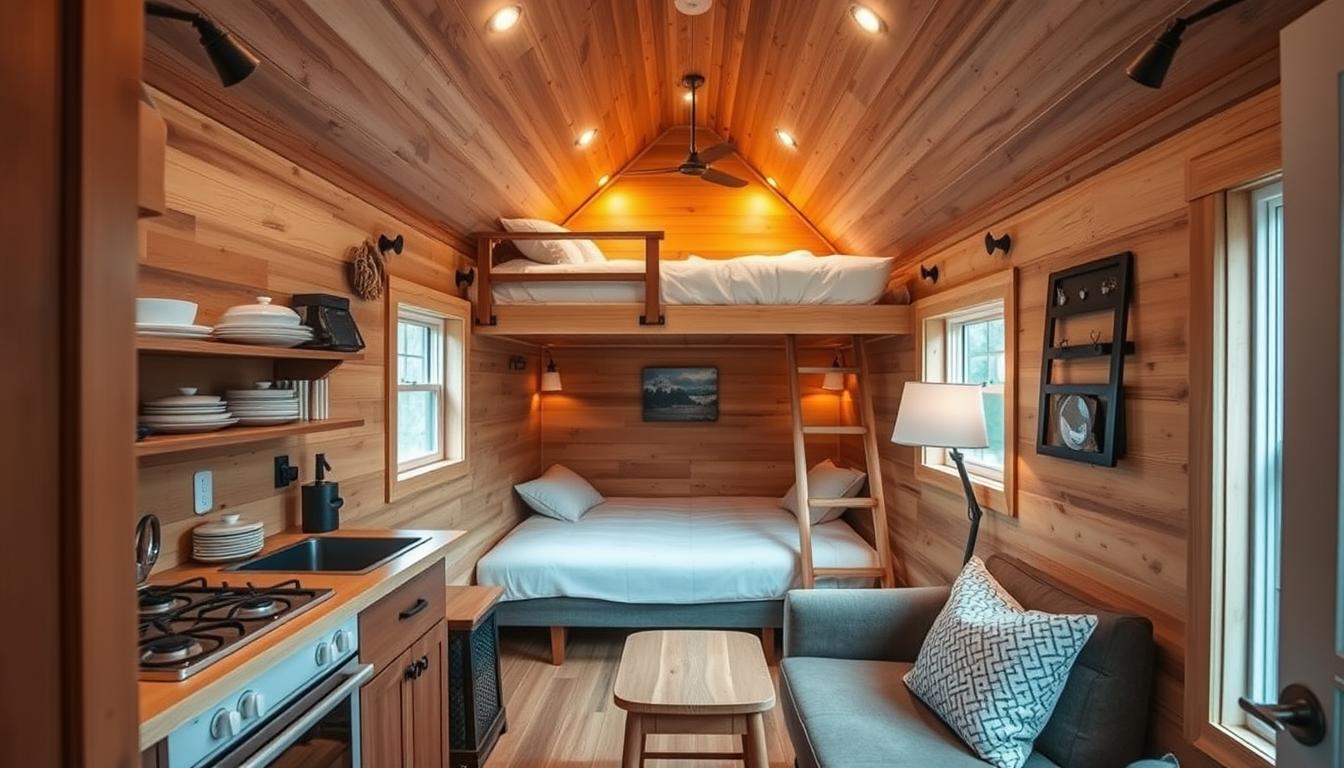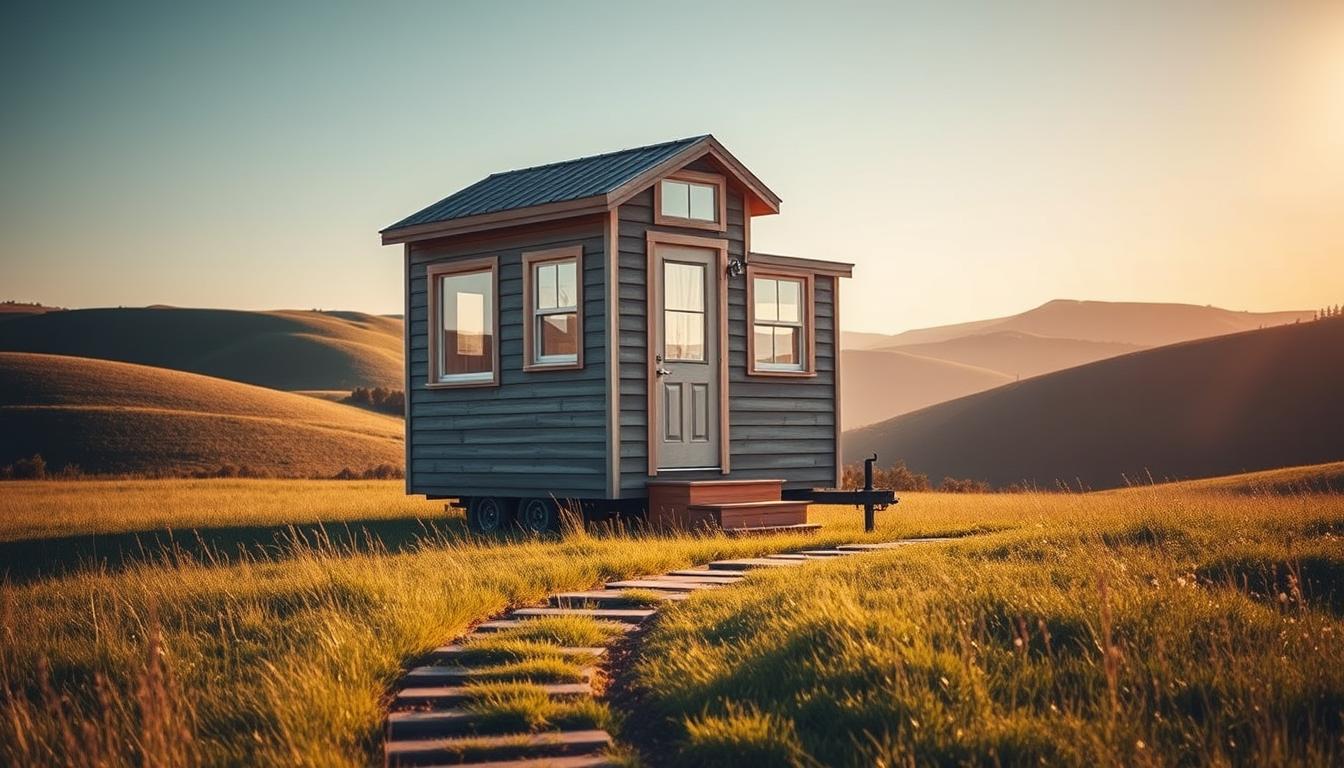Challenges of Finding Land for a Tiny House
Tiny houses have gained immense popularity in recent years, thanks to their affordability, eco-friendliness, and minimalistic design. However, finding suitable land for a tiny house can be a daunting task. It requires careful consideration of various factors, including zoning regulations, local laws, and financing options. In this article, we’ll explore some of the challenges of finding land for a tiny house and provide tips on how to overcome them.
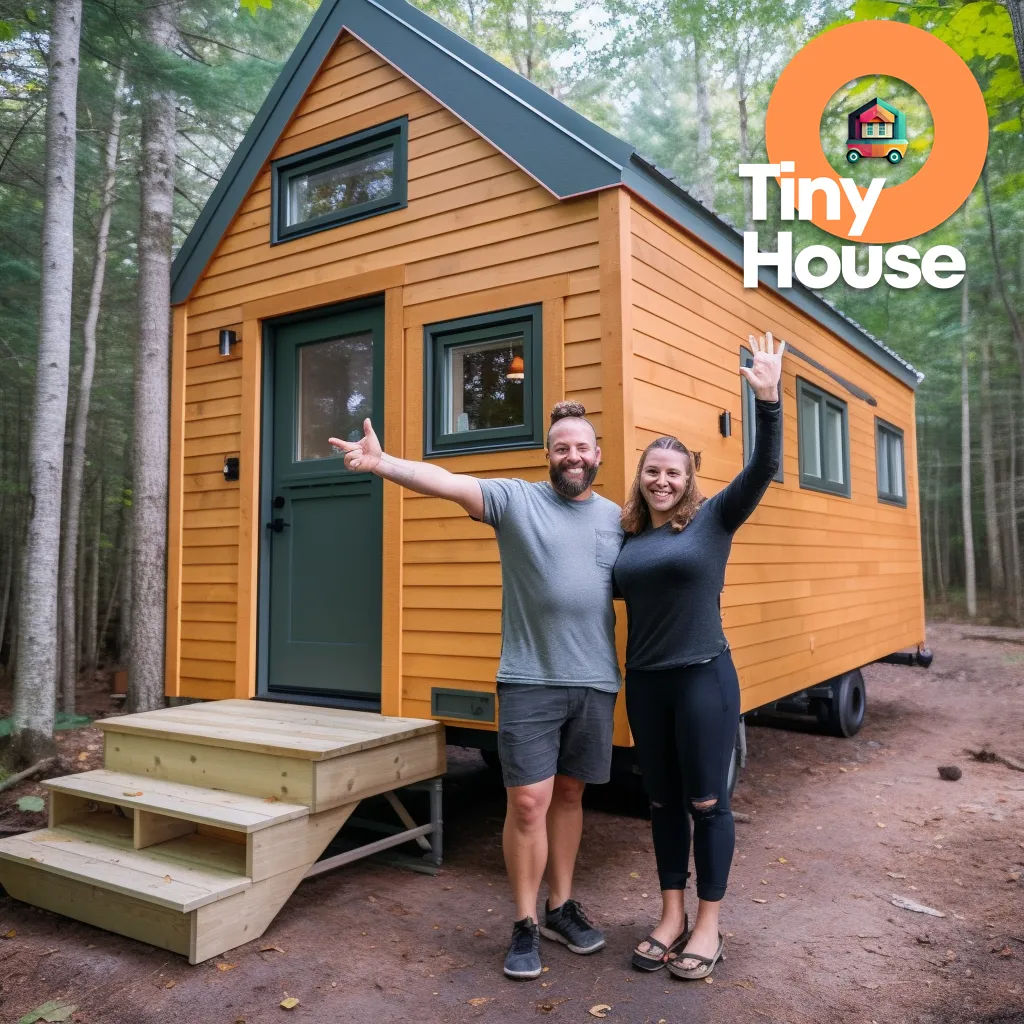
The Rising Demand for Tiny Houses
The tiny house movement has grown substantially over the past few years, with many people opting for a simpler, more sustainable lifestyle. However, the demand for tiny houses has created a scarcity of available land that meets the needs of tiny house owners.
Financial Considerations
One of the primary challenges of finding land for a tiny house is the financial burden it can impose. While tiny houses are generally more affordable than traditional homes, the cost of land can be exorbitant, particularly in urban areas. Moreover, banks are often hesitant to lend money for tiny house purchases, considering them a high-risk investment.
Building Versus Buying Pre-Owned
Another challenge is whether to buy pre-owned land or build from scratch. While buying pre-owned land may be more cost-effective, it may not always be suitable for a tiny house. In contrast, building a tiny house from scratch requires substantial investment in terms of time and money.
Pros and Cons of Different Types of Land
Different types of land come with their own set of benefits and drawbacks. For instance, vacant land may require extensive development work, while building on a foundation may be more expensive. Similarly, mobile tiny houses may provide flexibility, but finding suitable land can be challenging.
Benefits and Drawbacks of Different Locations
Finding the right location for a tiny house can be a challenge in itself. Rural locations may offer more affordable land, but they may lack access to essential utilities or be subject to stricter zoning laws. In contrast, urban areas may be more convenient, but they may be too expensive or not allow for tiny houses.
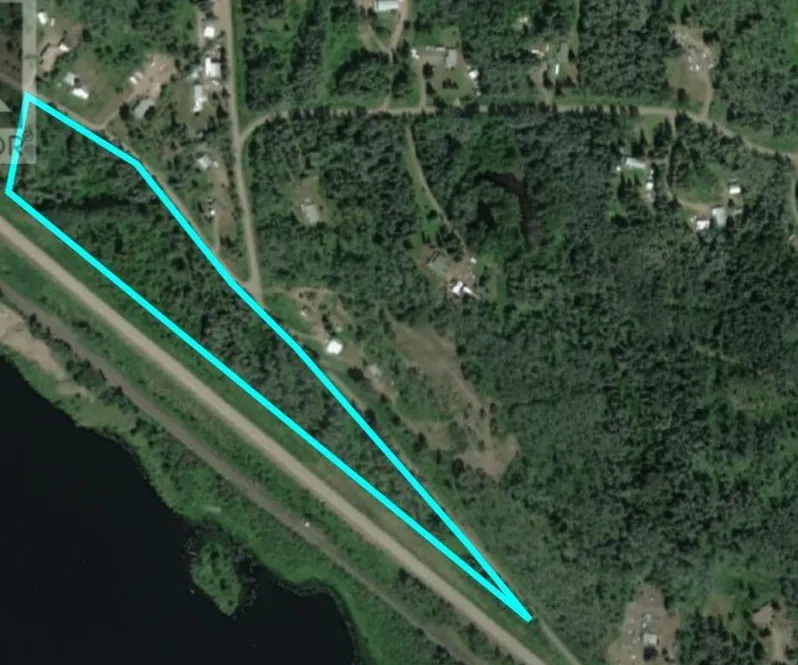
Conclusion
Finding land for a tiny house can be a challenging process, but it’s not impossible. By considering the financial implications, the pros and cons of different types of land, and the location, you can find the perfect spot to build your tiny home. In the following sections, we will explore some useful tips and resources for finding land for a tiny house.
Types of Land for a Tiny House
When it comes to finding land for a tiny house, there are several types of land to consider. Each type has its own set of advantages and disadvantages. In this section, we’ll explore the different types of land and what you need to know about them, using information from various sources.
Building on Vacant Land
Building on vacant land is one of the most common ways to find land for a tiny house. However, it comes with its own set of challenges, as discussed in an article by Gokce Capital. Here are some factors to consider when buying vacant land:
- Location: Finding affordable land in an area that meets your needs can be a challenge. Consider the distance to your place of work, access to essential services, and the surrounding community.
- Zoning Laws: Zoning laws can dictate what you can and cannot build on a piece of land. According to an article by Tiny Society, it’s important to check with your local zoning board to ensure you’re in compliance.
- Utilities: Depending on where the vacant land is located, access to utilities such as water, electricity, and sewage may be limited or non-existent. Make sure to factor in the cost of installing these utilities when calculating your budget.
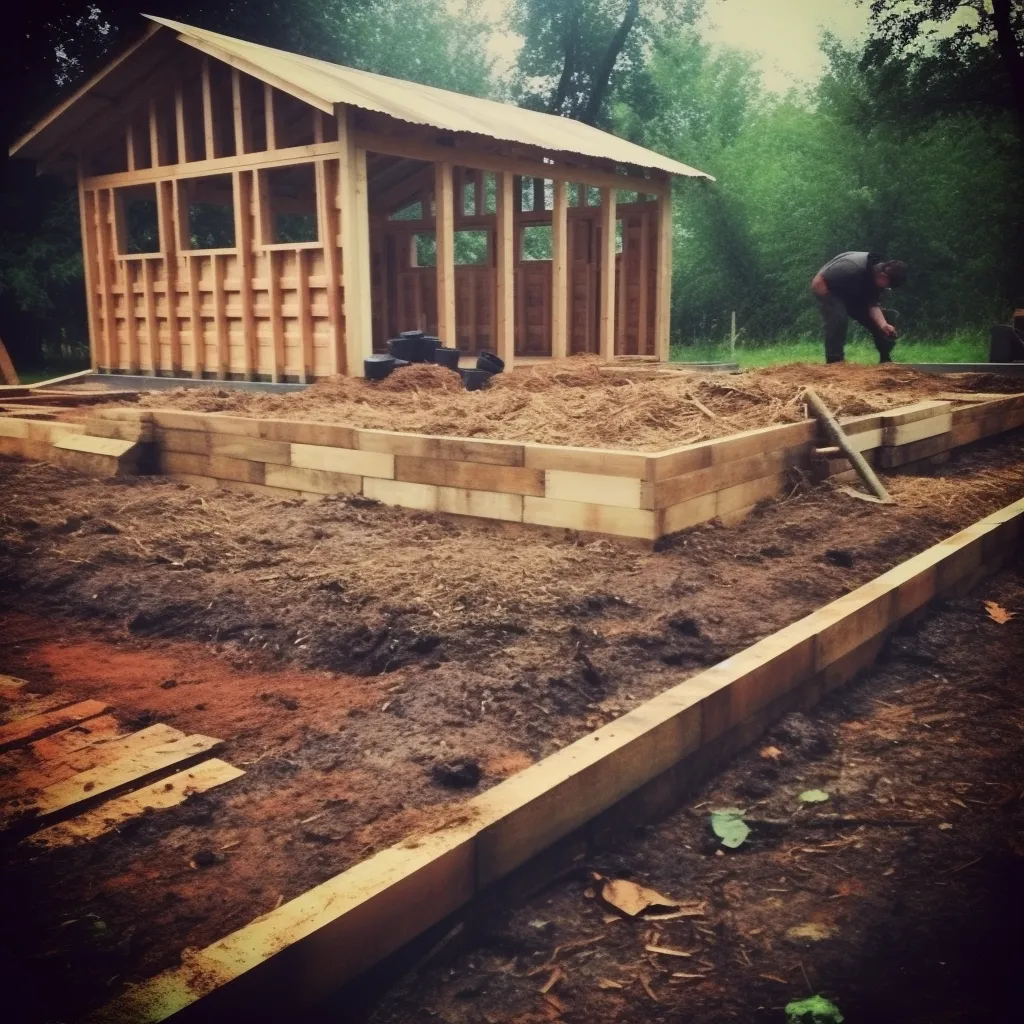
Building on a Foundation
Building on a foundation means that you’re building a tiny house on a plot of land that has a permanent foundation. This can include a traditional home foundation or a slab foundation, according to an article by Tiny Living Life. Here are some things to consider when buying land for a foundation:
- Cost: Building on a foundation can be more expensive than building on vacant land. You’ll need to factor in the cost of the foundation, as well as the cost of the tiny house itself.
- Zoning Laws: Zoning laws can dictate what you can and cannot build on a piece of land. Make sure to check with your local zoning board to ensure you’re in compliance.
- Utilities: Building on a foundation usually means that utilities such as water, electricity, and sewage are already in place. However, you’ll need to factor in the cost of connecting your tiny house to these utilities.
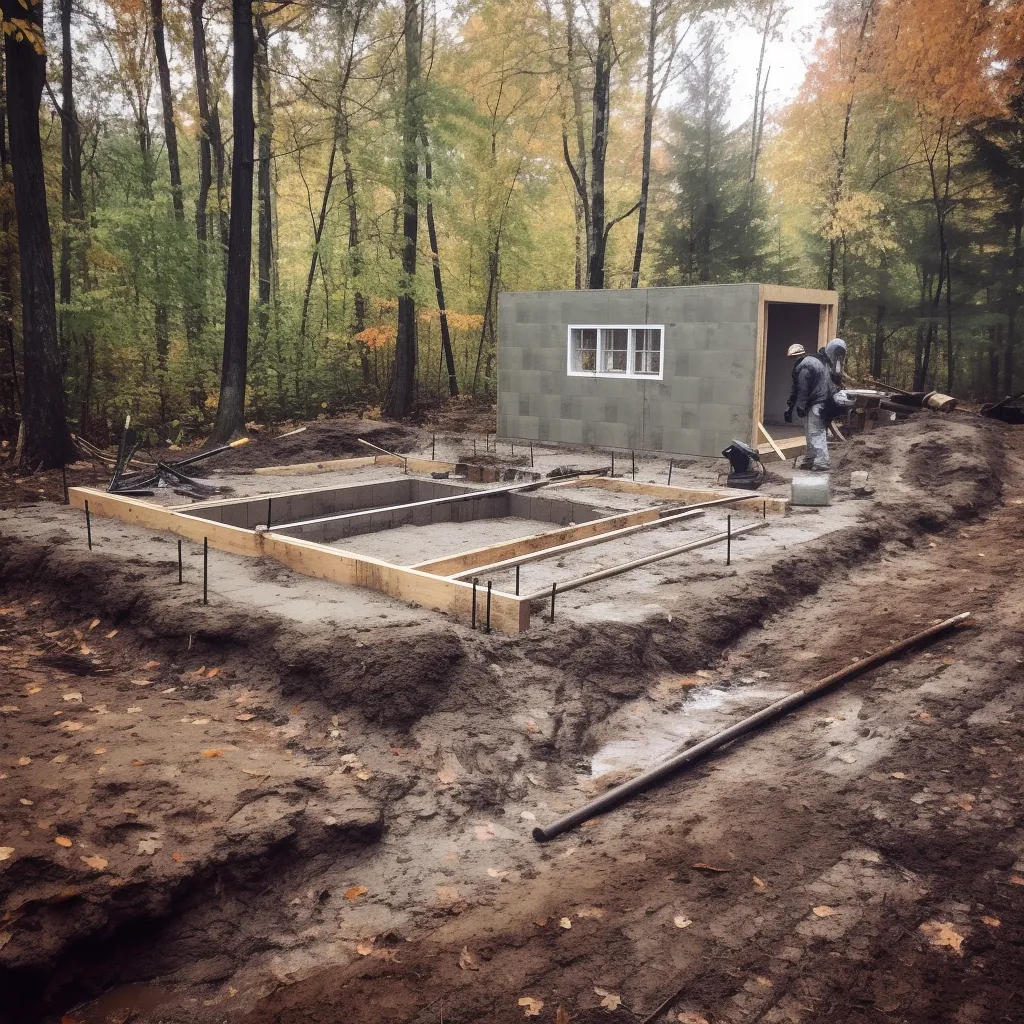
Mobile Tiny House
A mobile tiny house is a tiny house that’s built on a trailer and can be moved from one location to another. Here are some things to consider when renting or buying land for a mobile tiny house, as discussed in an article by Tumbleweed Houses:
- Renting Land: Renting land for a mobile tiny house can be a cost-effective way to find a place to park your tiny home. You can search for landowners who are willing to rent out a portion of their land. Make sure to check with your local zoning board to ensure you’re in compliance.
- Buying Land: Buying land for a mobile tiny house can be more expensive than renting, but it provides more stability. When buying land, make sure to check with your local zoning board to ensure you’re in compliance.
- Parking Regulations: Different states and localities have different parking regulations for mobile tiny houses. Make sure to research the regulations in your area before buying or renting land.
Conclusion
Each type of land has its own set of advantages and disadvantages. When choosing a type of land for your tiny house, make sure to consider your budget, the location, and the zoning laws in your area, as discussed in various sources. In the next section, we’ll explore where to find land for a tiny house.

Where to Find Land for a Tiny House
Finding land for a tiny house can be a challenging process, but there are several resources and strategies that you can use to make it easier. In this section, we’ll explore where to find land for a tiny house.
Online Resources
There are several online resources that you can use to find land for a tiny house. Some popular options include:
- Zillow: Zillow is a popular real estate website that allows you to search for land by location, price, and other criteria. You can also set up alerts to be notified when new listings that meet your criteria become available.
- Tiny House Listings: Tiny House Listings is a website that specializes in tiny house real estate. You can search for land by location, price, and other criteria.
- Facebook Marketplace: Facebook Marketplace is a free online marketplace where you can buy and sell goods and services. You can search for land for a tiny house by location and price.
Renting Land
Renting land for a tiny house can be a cost-effective way to find a place to park your tiny home. Here are some resources and strategies for renting land:
- Craigslist: Craigslist is a popular online marketplace where you can find rental listings for land. You can search by location and price.
- Landowners: You can reach out to landowners in your area to see if they are willing to rent out a portion of their land. Some landowners may be open to this arrangement, particularly if they have unused land on their property.
- WWOOFing: WWOOFing is a program that connects volunteers with organic farmers and growers. In exchange for a few hours of work each day, you can receive free accommodation and food. Some WWOOF hosts may be open to allowing you to park your tiny house on their land.
Buying Land
Buying land for a tiny house provides more stability, but it can be more expensive. Here are some resources and strategies for buying land:
- Real Estate Agents: Real estate agents can help you find land that meets your needs and budget. They can also help you navigate the legal and financial aspects of buying land.
- Auctions: Land auctions can be a great way to find affordable land. You can search for land auctions in your area online.
- Local Government: Local government offices such as the county clerk or tax assessor’s office can provide information on land for sale in your area.
Tiny House Communities
Tiny house
Regulations and Zoning Laws for Tiny House Land
Before you start looking for land for your tiny house, it’s important to understand the regulations and zoning laws that apply to tiny houses. In this section, we’ll explore the different regulations and zoning laws that may apply to your tiny house, using information from various sources.
Building Codes
Building codes are laws that dictate how a building must be constructed. They cover everything from the materials used to the size and spacing of walls. Most states and localities have building codes that apply to tiny houses, as discussed in an article by Tiny Society. Here are some things to consider when it comes to building codes:
- Minimum Square Footage: Some states and localities have minimum square footage requirements for homes. Make sure to check the building codes in your area to ensure that your tiny house meets the requirements.
- Foundation Requirements: Some building codes require that a home be built on a permanent foundation, while others allow for alternative foundations such as a trailer. Make sure to check the building codes in your area to ensure that your tiny house meets the requirements.
- Inspection Requirements: Many building codes require that a home be inspected during various stages of construction. Make sure to factor in the cost of inspections when calculating your budget.
Zoning Laws
Zoning laws are laws that dictate how land can be used in a particular area. They cover everything from the type of buildings that can be constructed to the size and placement of the buildings. Here are some things to consider when it comes to zoning laws for a tiny house, as discussed in an article by Gokce Capital:
- Residential Zoning: Many states and localities have residential zoning laws that dictate what types of buildings can be constructed in a residential area. Make sure to check the zoning laws in your area to ensure that you can legally build a tiny house.
- Minimum Lot Size: Some zoning laws require a minimum lot size for homes. Make sure to check the zoning laws in your area to ensure that your lot meets the requirements.
- Accessory Dwelling Units: Some zoning laws allow for accessory dwelling units (ADUs), which are smaller, separate living units on a property. Make sure to check the zoning laws in your area to see if an ADU is a viable option.
Other Regulations
In addition to building codes and zoning laws, there may be other regulations that apply to your tiny house. Here are some other regulations to consider, as discussed in an article by Tiny Living Life:
- Water and Access Rights: Depending on where your land is located, you may need to secure water and access rights before building your tiny house.
- Environmental Regulations: If your land is located in a sensitive environmental area, there may be environmental regulations that you need to comply with.
- HOA Regulations: If you’re building your tiny house in a planned community or neighborhood with a homeowners association (HOA), there may be additional regulations that you need to consider.
Conclusion
Understanding the regulations and zoning laws that apply to your tiny house is crucial when it comes to finding land. Make sure to do your research and consult with legal and financial professionals before making any investment decisions.
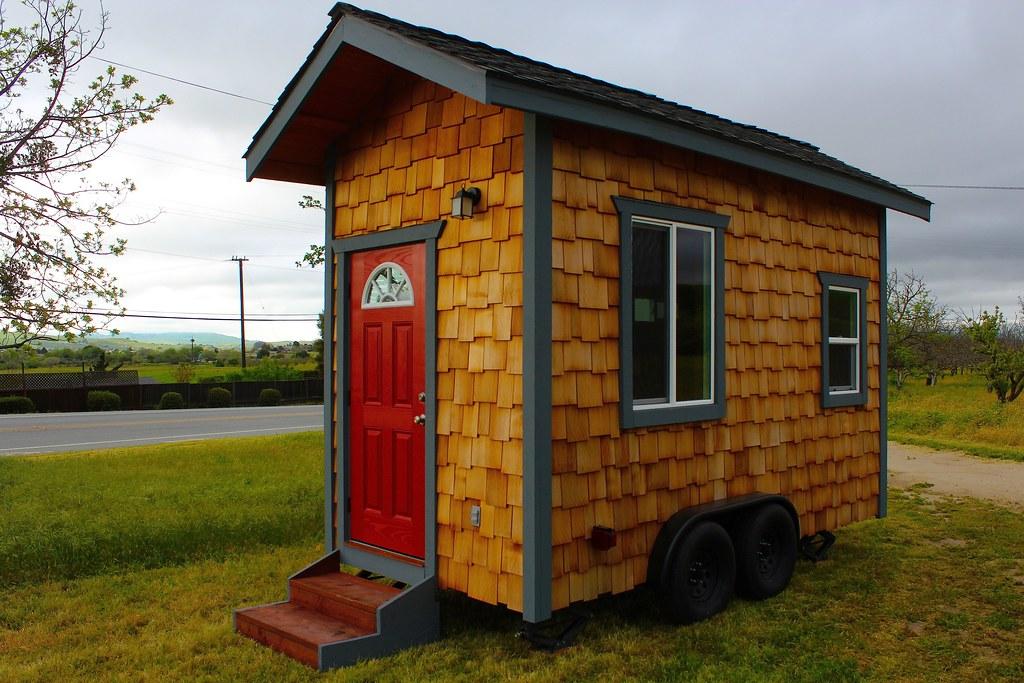
Utilities and Development Costs for Tiny House Land
When looking for land for your tiny house, it’s important to consider the utilities that will be available and the development costs associated with the land. In this section, we’ll explore the different utilities and development costs that you should consider, using information from various sources.
Utilities
Utilities are essential when it comes to living in a tiny house. Here are some utilities that you should consider when looking for land, as discussed in an article by Gokce Capital:
- Water: Make sure to consider the availability and quality of water on the land. If there is no access to city water, you may need to drill a well or find an alternative water source.
- Electricity: Make sure to consider the availability of electricity on the land. If there is no access to city electricity, you may need to install solar panels or find an alternative power source.
- Sewer: Make sure to consider the availability of sewer on the land. If there is no access to city sewer, you may need to install a septic system or find an alternative waste management solution.
Development Costs
Development costs can add up quickly when it comes to building on undeveloped land. Here are some development costs that you should consider when looking for land, as discussed in an article by Tiny Society:
- Site Preparation: Depending on the condition of the land, you may need to clear trees, level the ground, or perform other site preparation before building your tiny house.
- Infrastructure: If there are no utilities available on the land, you may need to install infrastructure such as a well, septic system, or power source.
- Building Costs: Building a tiny house can be less expensive than building a traditional home, but you’ll still need to factor in the cost of materials and labor.
- Permitting Fees: Depending on where you live, you may need to obtain permits before building your tiny house. These permits can come with fees that you’ll need to factor into your budget.
Conclusion
When it comes to finding land for your tiny house, it’s important to consider the utilities and development costs that will be associated with the land. Make sure to do your research and factor in these costs when calculating your budget.
Alternative Arrangements for Tiny House Land
When looking for land for your tiny house, there are several alternative arrangements that you can consider. In this section, we’ll explore some of these alternative arrangements, using information from various sources.
Mobile Home or RV Parks
Mobile home or RV parks are one option for locating your tiny house, as discussed in an article by Pacifica Tiny Homes. Here are some things to consider when it comes to mobile home or RV parks:
- Monthly Fees: Mobile home or RV parks typically charge monthly fees that cover utilities and other amenities.
- Restrictions: Mobile home or RV parks may have restrictions on the size and type of tiny house that can be located on the property.
- Community: Living in a mobile home or RV park can provide a sense of community, as you’ll be living in close proximity to other tiny house owners.
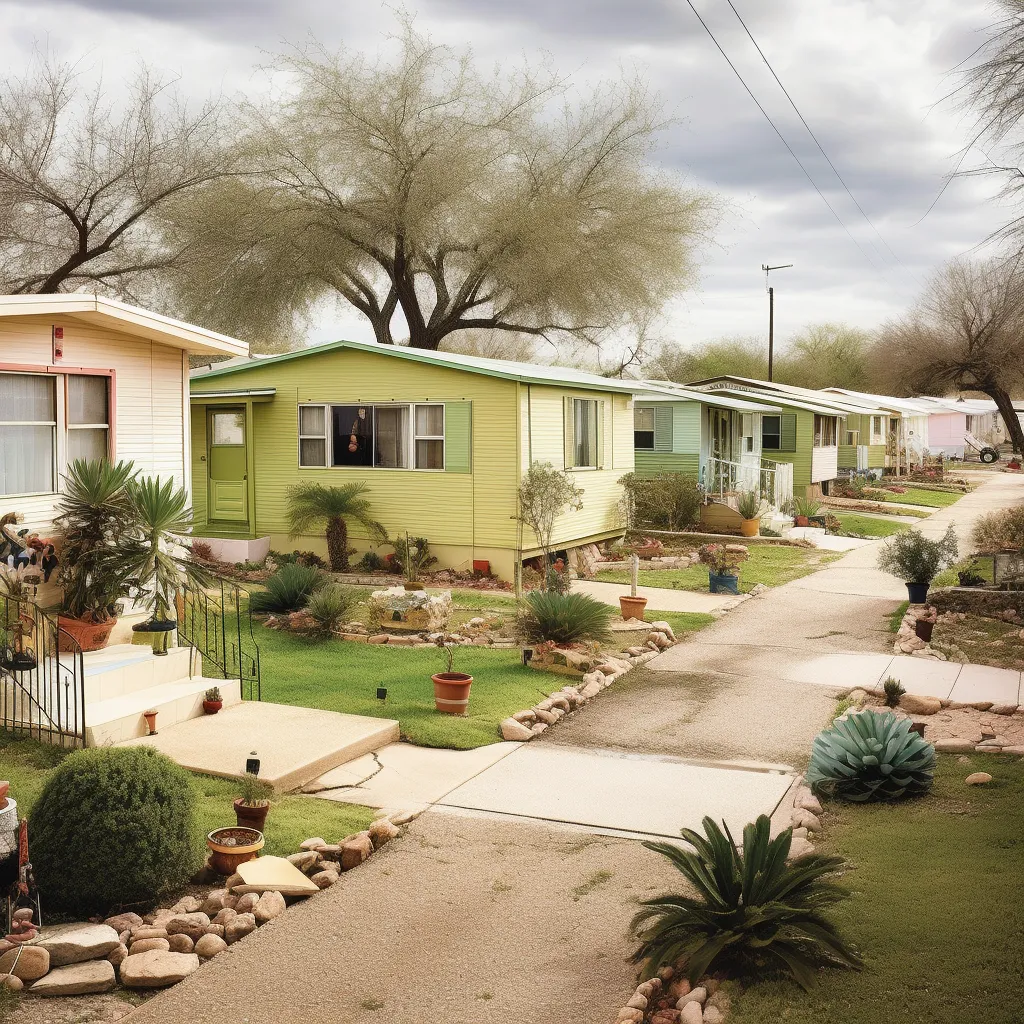
Renting a Backyard
Another option for locating your tiny house is to rent a backyard from a homeowner, as discussed in an article by Tiny Living Life. Here are some things to consider when it comes to renting a backyard:
- Privacy: Make sure to consider your privacy needs when renting a backyard. You’ll be living in close proximity to the homeowner, so make sure to discuss privacy arrangements beforehand.
- Utilities: Make sure to discuss utilities with the homeowner before renting their backyard. You’ll need access to water, electricity, and sewer in order to live comfortably.
- Lease Agreement: Make sure to create a lease agreement that outlines the terms of your rental arrangement. This can help to avoid any misunderstandings or conflicts down the line.
Tiny House Communities
Tiny house communities are another option for locating your tiny house. These communities are designed specifically for tiny house owners and typically include shared amenities such as community gardens and common spaces. Here are some things to consider when it comes to tiny house communities, as discussed in an article by Tiny Society:
- Community: Living in a tiny house community can provide a sense of community and support, as you’ll be living in close proximity to other tiny house owners.
- Restrictions: Tiny house communities may have restrictions on the size and type of tiny house that can be located on the property.
- Amenities: Tiny house communities typically include shared amenities such as community gardens, common spaces, and laundry facilities.
Conclusion
When it comes to finding land for your tiny house, there are several alternative arrangements that you can consider. Make sure to do your research and consider all of your options before making a decision.
Wrapping Up: Finding Land for Your Tiny House
Finding land for your tiny house can be a challenging process, but with the right information and resources, it’s possible to find the perfect spot for your tiny home. In this article, we’ve covered several important factors to consider when looking for land, including regulations and zoning laws, utilities, development costs, and alternative arrangements. Here are some final thoughts to keep in mind:
- Do Your Research: Make sure to research the regulations and zoning laws that apply to your area before starting your search for land.
- Factor in Utilities and Development Costs: When calculating your budget, make sure to factor in the cost of utilities and site development.
- Consider Alternative Arrangements: There are several alternative arrangements that you can consider when looking for land, including mobile home or RV parks, renting a backyard, and tiny house communities.
Thanks for reading! If you enjoyed this article, be sure to check out our other great content on OTinyHouse.com.
Frequently Asked Questions
Q. Who can I rent land for my tiny house from?
A. You can rent land for your tiny house from homeowners with extra space.
Q. What should I look for when buying land for a tiny house?
A. When buying land for a tiny house, consider location, utilities, and natural features.
Q. How can I find land for my tiny house in a specific area?
A. You can find land for your tiny house by searching online or contacting a local real estate agent.
Q. Who can help me navigate zoning laws and regulations for tiny houses?
A. A local real estate agent or lawyer can help you navigate zoning laws and regulations for tiny houses.
Q. What are some financing options for purchasing land for a tiny house?
A. You can consider personal loans or specialized loans for farming or ranching.
Q. How do I deal with objections from potential neighbors about my tiny house?
A. Offer to be a good neighbor, offer manual labor, and sign up for private road maintenance duties.
